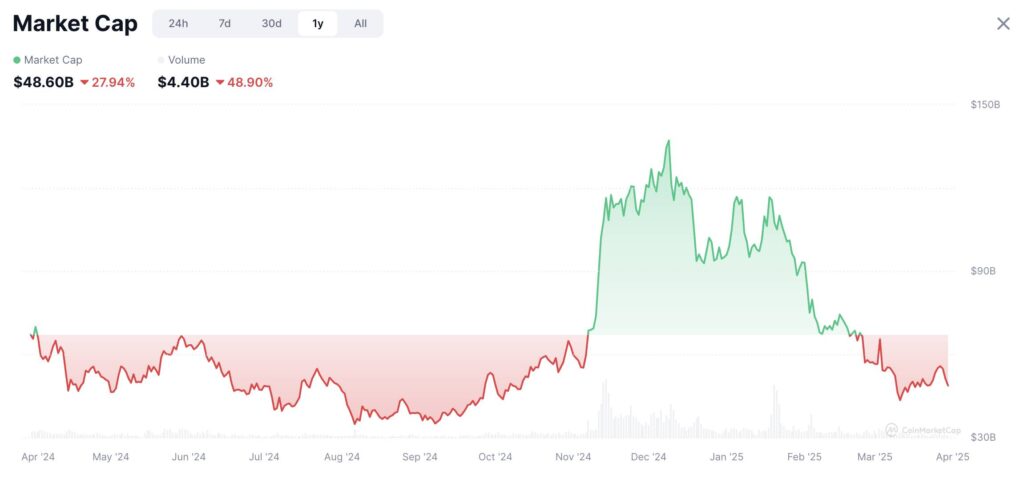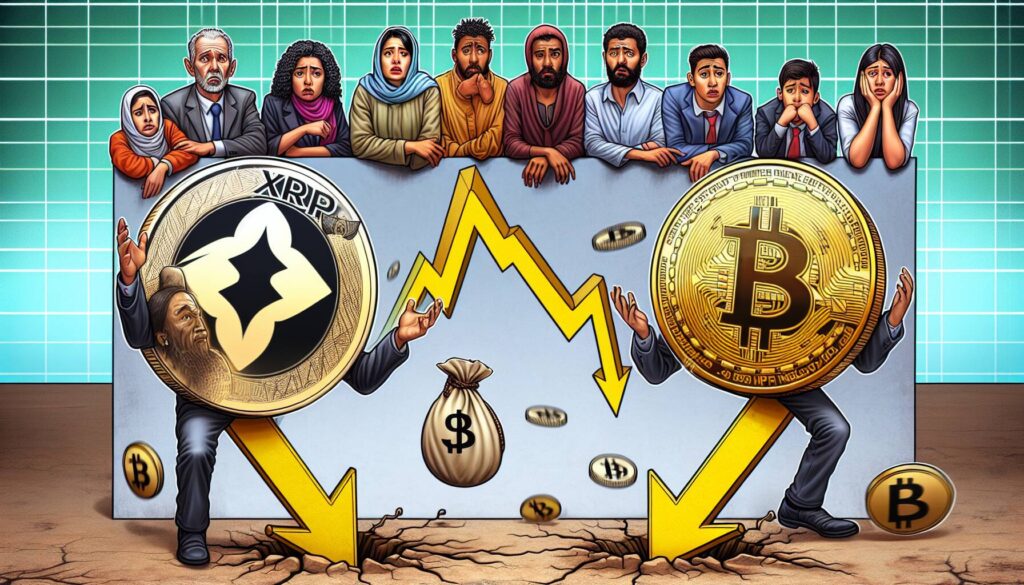The cryptocurrency world is buzzing following recent comments from Alex Leishman, CEO of River Financial, regarding the implications of exchanges listing altcoins, especially memecoins. In a thought-provoking post on social media, Leishman cautioned that once an exchange ventures beyond Bitcoin and adds its first altcoin, it may inadvertently find itself locked in an ongoing cycle of launching speculative tokens. “The minute an exchange adds one non-Bitcoin token, they are signing up to be on the forever hamster wheel of memecoins,” he stated.
River Financial, a Bitcoin-only institution, emphasizes a stark contrast to platforms that engage in multi-asset trading. Leishman pointed out that exchanges listing tokens like Ethereum or Solana often have to follow up with a slew of other tokens, leading to a focus on short-term speculation rather than genuine wealth accumulation. His view echoes sentiments shared by others in the industry, including A16z’s CTO, Eddy Lazzarin, who has criticized the memecoin phenomenon for detracting from the original vision of cryptocurrency in favor of what he described as a “risky casino” approach.
“The casino business model is built around maximal extraction from customers, while the Bitcoin-only model is focused on helping people build long-term wealth.” – Alex Leishman
Despite these critiques, the lure of memecoins remains strong within the cryptocurrency market. Recent data highlights a significant downturn in the overall memecoin market cap, dropping nearly 49% since the start of 2025, now sitting at around .49 billion, according to CoinMarketCap. Yet, exchanges have not shied away from offering these token listings, as seen with Robinhood’s reported 700% year-over-year spike in cryptocurrency revenue, showcasing a different side of the coin.
The complexity of the memecoin landscape continues to evolve, with analysts noting that while many may fail, a select few tend to thrive, hinting at an extreme power law in the memecoin ecosystem. As the industry grapples with these emerging dynamics, it raises essential questions about the sustainability and future direction of cryptocurrency trading platforms.
The Impact of Altcoins and Memecoins on Cryptocurrency Exchanges
The cryptocurrency market is constantly evolving, and the introduction of altcoins and memecoins by exchanges has significant implications for investors and the overall market landscape. Here are the key points to consider:
- Addition of Altcoins:
- Exchanges that list non-Bitcoin tokens may enter a cycle of continuous memecoin launches.
- Once an exchange lists one altcoin, others become necessary to maintain a competitive edge.
- Bitcoin-Only Model:
- Companies like River Financial advocate for a Bitcoin-only approach, focusing on wealth accumulation rather than speculation.
- This model contrasts with multi-asset platforms that often resemble a “casino” environment, prioritizing short-term profits.
- Impact of Memecoins:
- Memecoins have seen a significant downturn, with their market cap falling nearly 30% in the past year.
- The volatile nature of these coins raises concerns about their long-term viability and the health of the crypto space.
- Investor Sentiment:
- Listings of memecoins on exchanges are often perceived as validation, leading to temporary value spikes.
- Despite high volatility and risks, some memecoins have shown quick gains following their addition to platforms like Binance.
- The Future of Memecoins:
- There is speculation that the memecoin market may experience a power law distribution, where a few coins succeed while most fail.
Reader Impact: Understanding these dynamics is crucial for investors as it shapes the risk landscape and provides insight into the long-term trends of cryptocurrency. Those interested in sustainable investment should consider a Bitcoin-centric approach, while awareness of the risks associated with memecoins is essential.
Examining the Impact of Altcoin Listings in the Cryptocurrency Landscape
The cryptocurrency market is a dynamic and often chaotic space, and recent discussions about altcoin listings have sparked significant debate. As River Financial’s CEO, Alex Leishman, argues, the introduction of non-Bitcoin assets can land exchanges in a continuous loop of memecoins, raising questions about their long-term viability and reputation. While this perspective aligns with an increasingly popular Bitcoin-only approach, it starkly contrasts with the business models of multi-asset exchanges like Robinhood and Binance.
Competitive Advantages: The Bitcoin-only model, championed by firms such as River Financial and Swan Bitcoin, emphasizes a long-term wealth-building strategy that appeals to investors wary of the speculative nature of many altcoins. This approach positions these companies as advocates for stability in an otherwise volatile market, potentially attracting a more cautious clientele. In contrast, exchanges that support altcoins benefit from heightened trading activity, as exchanges like Binance showcased with significant returns following new memecoin listings, suggesting that they can capitalize on the hype even in a downturn.
Competitive Disadvantages: However, the downside for multi-asset platforms lies in the complicated regulatory landscape and the perception that they contribute to a ‘casino-like’ environment. High-profile critics like A16z’s Eddy Lazzarin have raised alarms that rampant speculation in memecoins detracts from the original vision of a stable financial ecosystem, leading to possible trust issues among more discerning investors. Furthermore, with the memecoin market cap experiencing a sharp decline, it’s evident that the allure of rapid gains is not a sustainable business model and could tarnish the reputation of platforms that are heavily reliant on these listings.
Applying this discourse to various stakeholders, investors seeking stability and long-term growth might gravitate towards Bitcoin-only institutions, viewing them as safer havens. On the other hand, more risk-tolerant traders may find opportunities in multi-asset platforms, where volatility could yield substantial short-term gains. Nevertheless, those who favor quick returns may eventually find themselves facing the repercussions of an unstable memecoin landscape, raising concerns about the sustainability of their trading strategies.

















